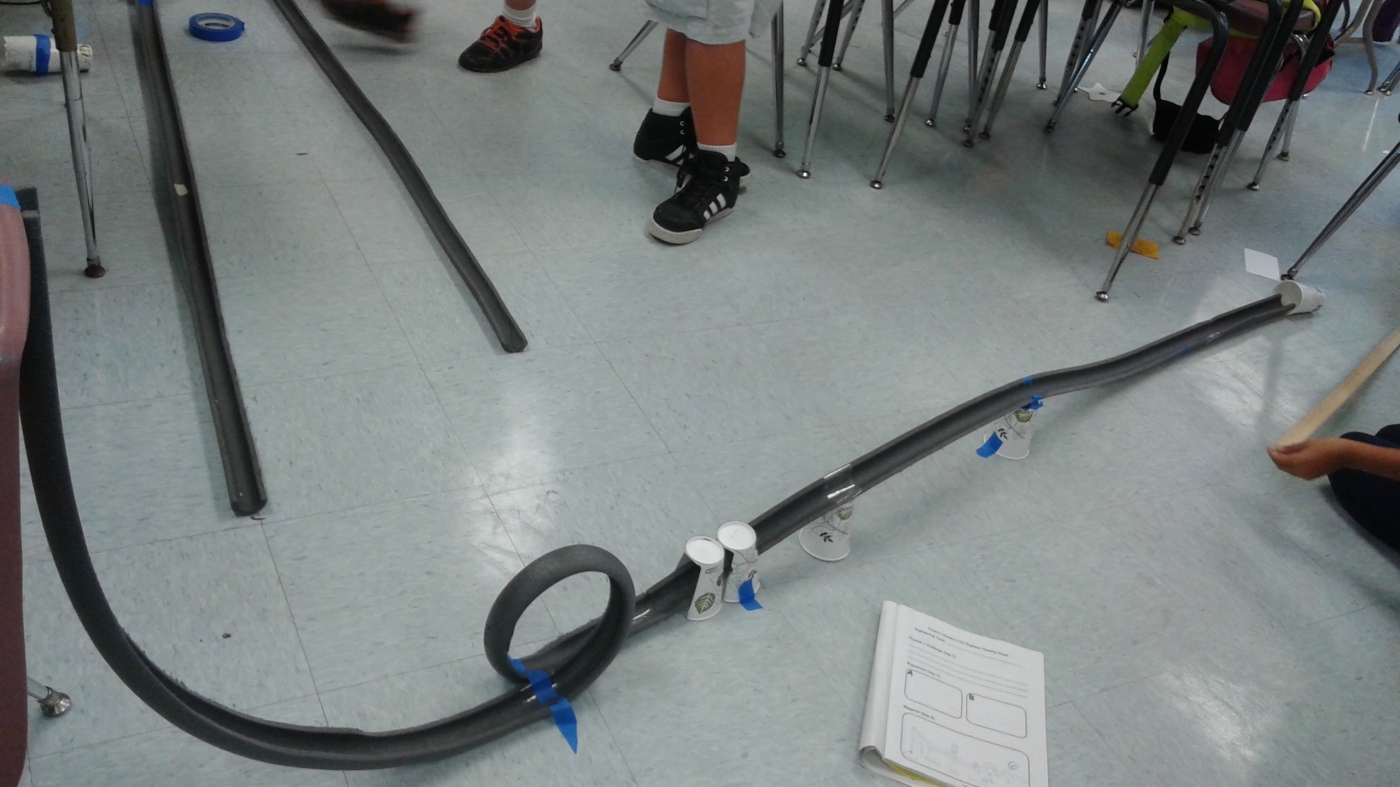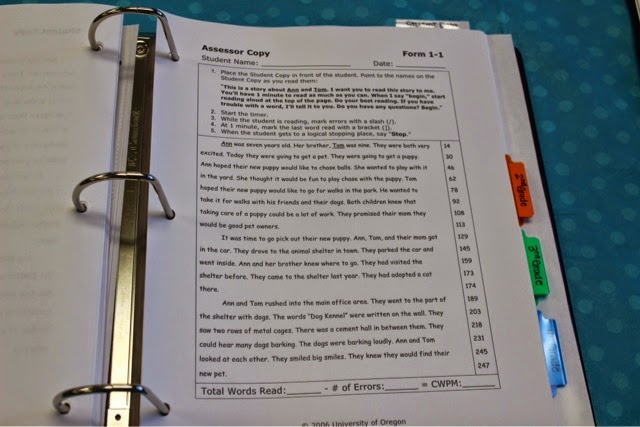When you are observing a lesson or another teacher, it is really easy to just pass judgement on all of the things that they are doing wrong and say what you would do instead; however, it isn’t until you physically take on the task of teaching when you truly understand the challenges that are involved with teaching. On October 8th, I taught a small group of six a math lesson. The lesson was centered around the strategy draw a diagram, the students would then use this strategy to solve word problems, more specifically division word problems. Before hand, I had my entire lesson planned out and I felt confident about the material that I was going to cover. I even included a hands on visual for the students to use involving food. Once my collaborating teacher was splitting up the class for the math lesson, she decided to give me the students that struggled with the homework from the previous night, rather than the students I had lesson planned for. She also told me to go over any homework problems they had before starting the lesson–which I hadn’t planned on doing before either. At first, I thought I would be fine and all would still go as planned. When my small group and I sat down in the library, I decided that I would go over a few homework problems that they struggled with before recording my actual lesson. I realized that this was a larger task than I initially thought because almost every student in the small group got every question wrong. After going over two long division problems in depth, I looked at the clock and saw I only had twenty minutes before lunch. The realization that I would definitely not finish my lesson, made me panic. Even though I really wanted to assist these students with their questions, I had to teach my lesson.
When I was teaching my lesson I felt a bit flustered and rushed because of time restraints. I felt that I wasn’t making myself clear. Additionally, I think because I deviated from my CT’s math routine, the students didn’t understand the process I was trying to explain. My CT doesn’t teach math using “I do, We do, You do”, instead the class all works together along with her. Next time, I might try to more closely match the lesson routine that my CT does so the students know exactly what to do. Also, I’m not really sure why the students weren’t writing anything down because I think that they normally do in class. So next time, I might emphasize writing notes by writing on a white board or an ELMO. In addition, I also was really discouraged when I saw that the young man in the back literally wasn’t even paying attention. He was writing something on his write board. The only thing I could make out was, “I stink at…” I couldn’t read everything he had written, but regardless, it truly makes me upset when I see or hear a student say they stink at something. I feel like he may have thought this because I wasn’t able to fully explain his homework to him because I had to do my lesson. Next time I will ask my CT if she would like me to do a reteach lesson for struggling students. Conversely, I felt as though the two girls on my right and the girl sitting right beside me, understood the method that I was trying to teach. One of those girls actually made a connection though the explanation saying, “I think we did something like this last year”. Also while teaching, I was trying to include all of the students, but after watching the video, I noticed that many of them weren’t really paying attention. I am going to reflect upon various ways that I can include all of the students and have them actively engaged throughout the lesson without embarrassing them.
Before I had even watched myself teach, I felt a little bit like a failure because I didn’t even get half way through the lesson. When I discussed this with my CT, she was explaining to me that that’s what happens sometimes when teaching. You have to be flexible because most of the time things aren’t going to go as planned. She also mentioned that review is all a part of lesson planning, so even though I spent more time reviewing than I initially planned for, it wasn’t in vain. I think that the next time I do a lesson that requires a review of previous information, I will definitely include it in my recording.
After I watched the video, I was actually surprised with my demeanor and articulation throughout the explanations. As I had said, I thought that I felt rushed and flustered, but when I watched myself, I didn’t look as flustered as I felt. Also, I felt as though I articulated the material I was trying to cover well even with the time constraint on my mind. I think that the hands on activity that I was going to have the students do would have worked really well because when I was using the gold fish to demonstrate the strategy I felt as though they were paying attention and as soon as I poured each student fish, many of them seemed to perk up.
Having the ability to reflect using a video was a lot more useful than I initially thought. I actually gained a lot of understanding and knowledge through watching the video. I would like to teach the class another math lesson because I would really like to see how it would go when I can plan better to get all the way through the lesson. I would even like to do a reteach because I think that a lot of students in that class may struggle with math and I never want to see a student get left behind.
When I was teaching my lesson I felt a bit flustered and rushed because of time restraints. I felt that I wasn’t making myself clear. Additionally, I think because I deviated from my CT’s math routine, the students didn’t understand the process I was trying to explain. My CT doesn’t teach math using “I do, We do, You do”, instead the class all works together along with her. Next time, I might try to more closely match the lesson routine that my CT does so the students know exactly what to do. I’m not really sure why the students weren’t writing anything down because I think that they normally do in class. In addition, I also was really discouraged when I saw that the young man in the back literally wasn’t even paying attention. He was writing on his write board something like “I stink at…” I couldn’t read everything he had written, but regardless, it truly makes me upset when I see or hear a student say they stink at something. I feel like he may have thought this because I wasn’t able to fully explain his homework to him because I had to do my lesson. However, I felt as though the two girls on my right and the girl sitting right understood the method that I was trying to teach. One of those girls actually made a connection though the explanation saying, “I think we did something like this last year”. Also while teaching, I was trying to include all of the students, but after watching the video, I noticed that many of them weren’t really paying attention. I am going to reflect upon various ways that I can include all of the students and have them actively engaged throughout the lesson.
Before I had even watched myself teach, I felt a little bit like a failure because I didn’t even get half way through the lesson. When I discussed this with my CT, she was explaining to me that that’s what happens sometimes when teaching. You have to be flexible because most of the time things aren’t going to go as planned. She also mentioned that review is all apart of lesson planning, so even though I spend more time than I initially planned reviewing, it wasn’t in vain. I think that next time I do a lesson that involves review, I will definitely include it in my recording. After I watched the video, I was actually surprised with my demeanor and articulation throughout the explanations. As I had said, I thought that I felt rushed and flustered, but when I watched myself, I didn’t look as flustered as I felt. Also, I felt as though I articulated the material I was trying to cover well even with the time constraint on my mind. I think that the hands on activity that I was going to have the students do would have worked really well because when I was using the gold fish to demonstrate the strategy I felt as though they were paying attention and as soon as I poured each student fish, many of them seemed to perk up.
Having the ability to reflect using a video was a lot more useful than I initially thought. I actually gained a lot of understanding and knowledge through watching the video. Next time I would like to teach the class another math lesson because I would really like to see how it would go when I can plan better to get all the way through. I would even like to do a reteach because I think that a lot of students in that class may struggle with math and I never want to see a student get left behind.


Recent Comments